This evening I worked on taking back a fourth generation for an adoptee. In short, that means pushing sixteen great, great, grandparents back one more generation; to their parents. Adding another thirty-two people to their tree. Of those thirty-two people, I took one of those sets and pushed them as far back as I could go. I stopped at their sixth great grandparents.
Understand that this is not necessarily the adoptee, but the third cousin of the adoptee. I placed the adoptee under a potential surname of someone who could be the third potential birth parent, with the correct distance genealogically to the genetically linked third cousin.
There are now seven hundred and eighty-five people in this tree, with two or three times that in documentation to support the individuals established therein. There is now one biological cousin from another tree, outside of this one, that aligns through genetic genealogy. Meaning their family tree matches both the distance through genealogy and genetically to our adoptee’s current placement.
One relative is good, but not really in my comfort level to prove beyond a shadow of a doubt. Especially since this cousin is way out in the distant relations category. My hope is that I can push back the other fifteen great, great grandparents a few generations and get several more hits.
Unfortunately for us, there is one DNA match to a third cousin and about six fourth cousins who have no family tree associated with their autosomal DNA test results. So there is not much choice in the matter. Fourth to distant cousins and the one third cousin is all I have to work with so far.
Automated tree comparisons through genetic genealogy on Ancestry.com are far easier than trying to measure the distance and compare them to hundreds of trees on your own. While I wish there was a way to take DNA test results from other companies over to AncestryDNA, that option just is not available. Now that does not prevent us from transferring our kit from Ancestry to Gedmatch.com and FamilyTreeDNA to acquire any hits from those databases for other possible close cousins. However, any results I find from those companies become labeled and attached to actual trees I build on Ancestry.com.
Although Ancestry.com comparison to other trees on their site and autosomal DNA tests one can take and attach to people on those trees, is certainly not fool proof. You depend on the accuracy of other people’s trees and proper placement of their DNA test results. Without a chromosome browser one cannot be absolutely sure triangulations between two cousins who happen to fall into alignment to possibly share an ancestry on one of our trees to be accurate or not.
In the best case scenario, we can get several close cousins to hit on a tree we manufacture and then test the theory of a potential birth parent by contacting living relatives within the close family circle of the best guessed birth parent. This certainly can ruffle the feathers of serious genealogists. Considering one of the cardinal rules is to never reveal the identities of one’s living relatives to preserve the privacy of people. This is why the trees I help build for adoptees are both hidden and unsearchable on Ancestry.com. I don’t want to be attacked by the community for proliferating false information, nor revealing the living people we eventually have to try and contact to validate our work.
Even though it is a sensitive space to enter, the vast majority of people out there I have encouraged adoptees and birth parents to contact have been more than cooperative; although the best way to approach a possible birth relative is directly, not through another family member. We want to honor the secret some of these folks have carried with them for all their lives. It can be traumatic to be approached, and there must be great sensitivity expressed.
I usually only encourage adoptees to approach someone else if the birth parent is known to be passed away. Believe it or not, but adoptees can represent a rebirth of a lost family member, especially one recently passed away. People tend to be very curious about a part of someone they thought they knew intimately stepping out into the light of day to reveal themselves. There are certainly times, when people who come from the time period where keeping the secret meant more than honoring the individual family member who relinquished the child. In those cases it will be a challenge to get past the wall of silence resurrected anew upon the adoptees arrival.
